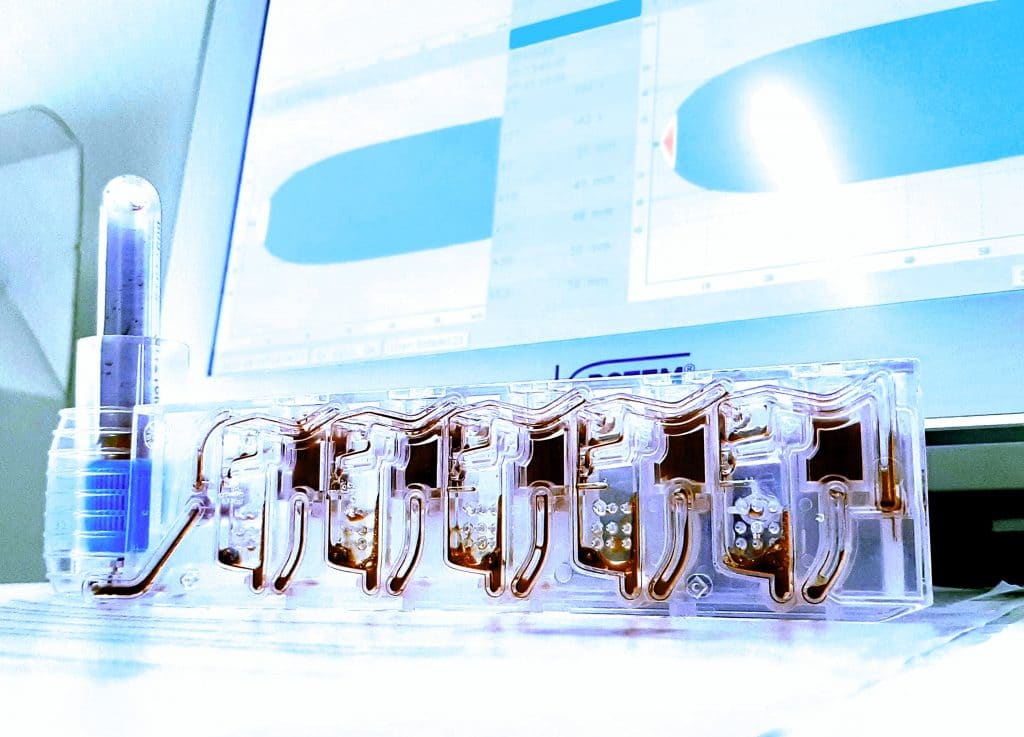Thromboelastometry, Thromboelastography, and Conventional Tests to Assess Anticoagulation During Extracorporeal Support: A Prospective Observational Study

Optimal anticoagulation monitoring in patients with extracorporeal membrane oxygenation (ECMO) is fundamental to avoid hemorrhagic and thromboembolic complications. Besides conventional coagulation tests, there is growing interest in the use of viscoelastic hemostatic assays (VHA), in particular of tromboelastography (TEG). Evidence on the use of rotational thromboelastometry (ROTEM) is lacking in this setting. The aim of the study was to evaluate ROTEM as a tool for assessing hemostasis during ECMO, by comparing it to TEG and conventional coagulation assays. We conducted a prospective, observational, single-center study on adult patients on ECMO support anticoagulated with unfractioned heparin (UFH). Kaolin reaction time (R, min) for TEG and INTEM clotting time (CT, sec) for ROTEM were analyzed and compared with conventional coagulation tests. In the study period, we included 25 patients on ECMO support (14 V-A and 11 V-V); 84 data points were available for the analysis. Median UFH infusion rate was 15 [11–18] IU/min/kg. Median values for activated partial thromboplastin time (aPTT) ratio, Kaolin TEG R time, and INTEM CT were 1.44 [1.21–1.7], 22 [13–40] min, and 201 [183–225] sec, respectively. INTEM CT (ROTEM) showed a moderate correlation with standard coagulation tests (R2 = 0.34 and 0.3 for aPTT and activated clotting time (ACT), respectively, p < 0.001). No significant correlation was found between INTEM CT and Kaolin R time (R2 = 0.01). Further studies are needed to identify an appropriate anticoagulation target for ROTEM during ECMO.
